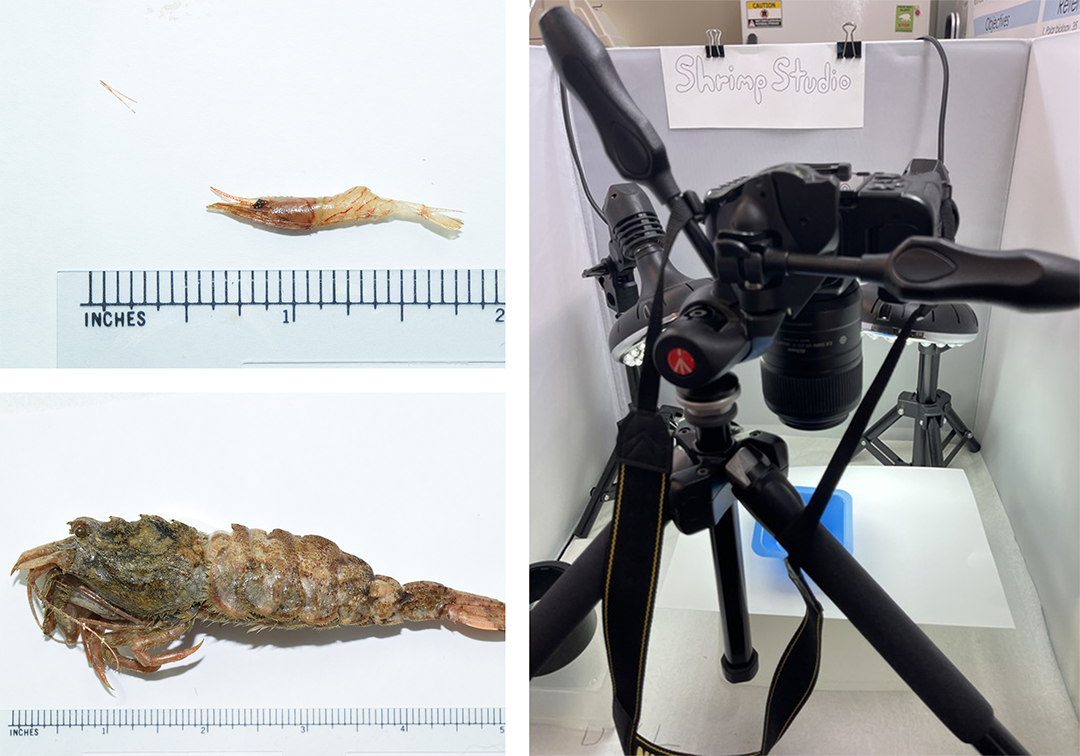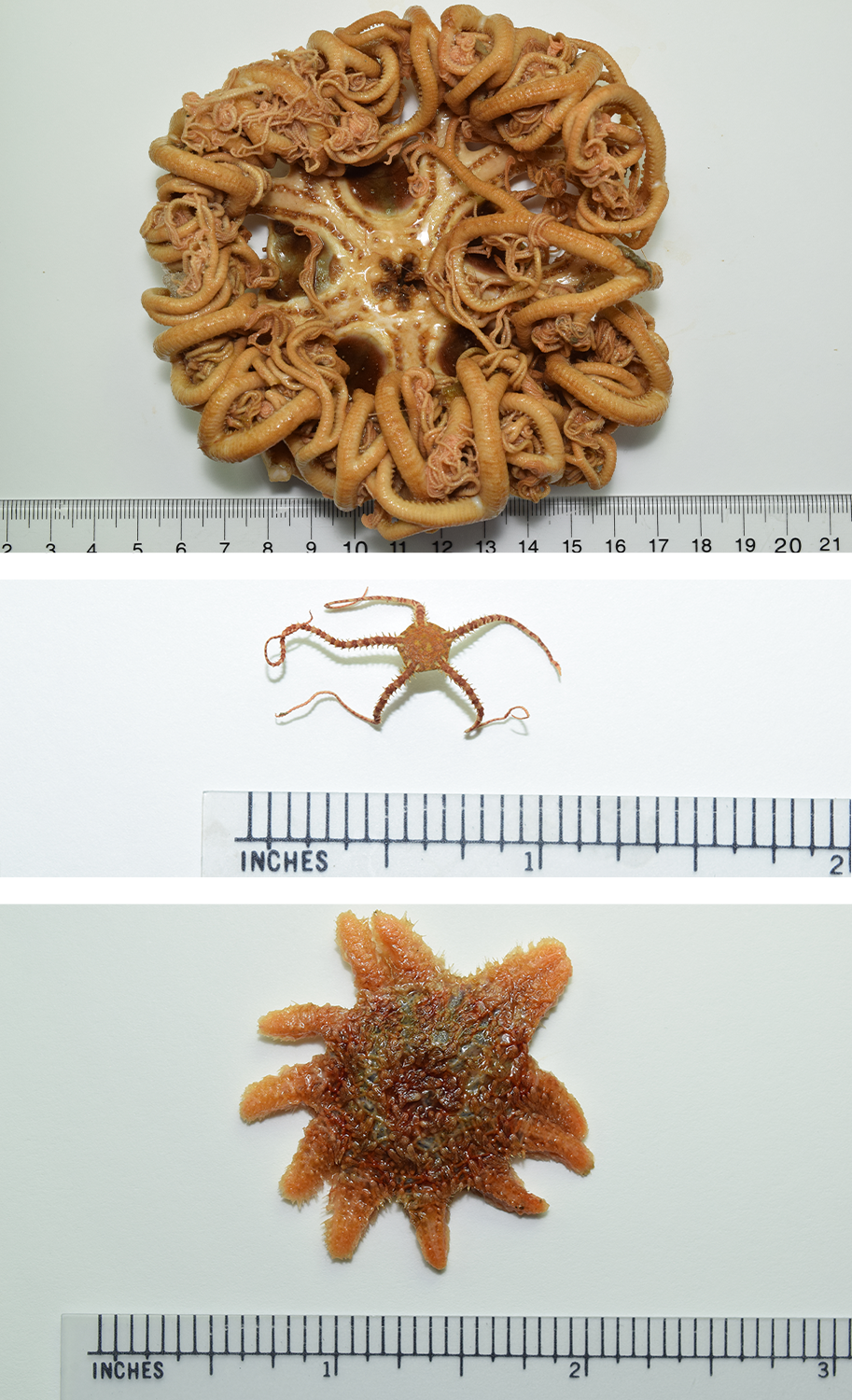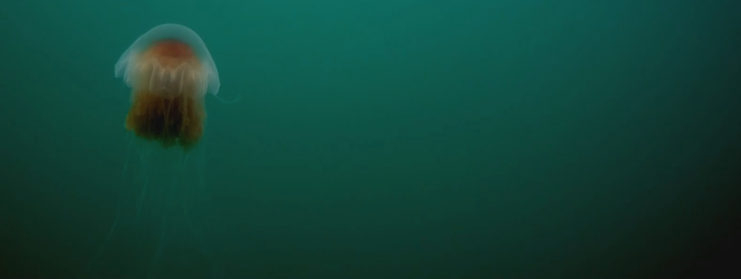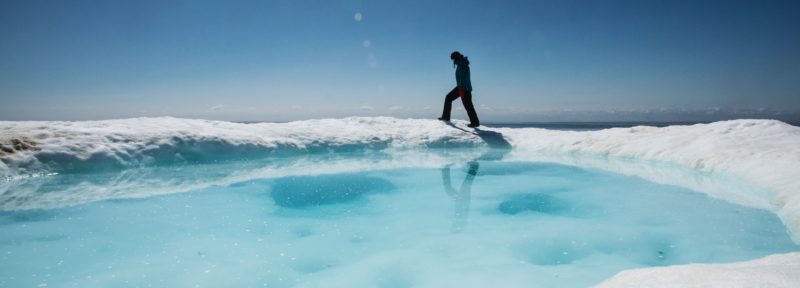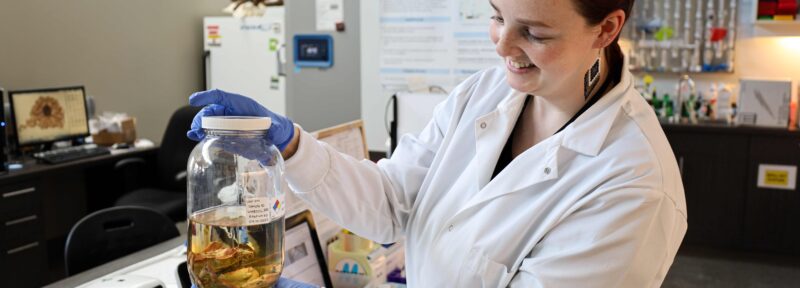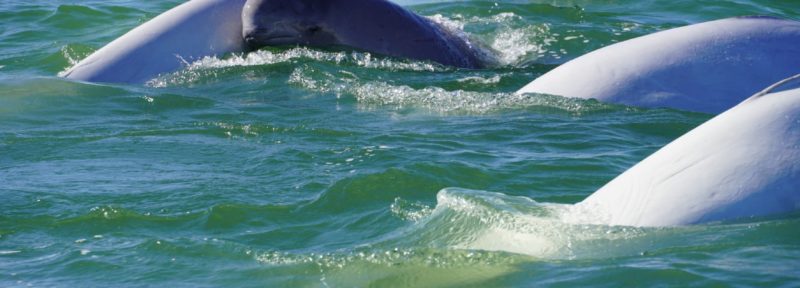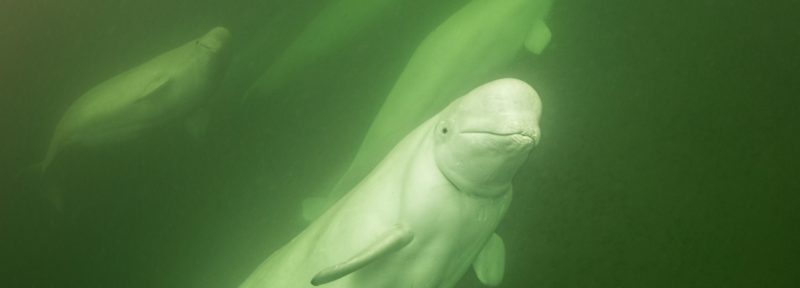Unlocking Western Hudson Bay’s Aquatic Secrets: A Project Update
While polar bears and beluga whales captivate our interest in the Arctic and are the focus of many of our research projects, this unique laboratory project focuses on the seldom-seen small creatures inhabiting the ocean’s depths. These bottom-dwelling animals play an important role in the food webs that support the charismatic species we travel long distances to admire, like our polar bears here at the Assiniboine Park Zoo.
Increasing our understanding of these food webs was the goal behind Oceans North and Fisheries and Oceans Canada collecting specimens off the shore of Churchill, Maintoba in 2022. We have been working hard in our genetics lab to assign species to the over 400 different specimens collected. Our genetic analysis unveiled 39 invertebrate species and 11 fish species spanning seven different phyla. Phyla are large groupings in the classification of living beings that share similar traits. For example, humans, birds, and fish all belong to the Chordata phylum, characterized by having backbones.
From left to right: a snail, a sea angel, and a clam.
Credit: Assiniboine Park Conservancy
Most of the trawl specimens belonged to the impressively species-rich Arthropoda phylum. Arthropods are animals that have a hard exoskeleton and include insects like ants and butterflies, as well as crustaceans like crabs and shrimp. Scientists have estimated over 90 percent of animal species belong to this group!
It’s not surprising that we were able to identify nine different shrimp species in our samples, which led to the temporary naming of our laboratory’s photo space as the “Shrimp Studio.” The shrimp ranged from the size of a marble (16 mm) to about the length of an average smart phone (134 mm).
From top to bottom: a basket star, a brittle star, and a sea star.
Credit: Assiniboine Park Conservancy
While shrimp and sea stars are very different animals, they have one thing in common: limb regeneration! Shrimp can regrow a claw or leg during a molt. Some sea stars on the other hand can fully regenerate from a single arm (if some of the central disc is still present).
One of the other species we identified was a jellyfish! Jellyfish are notoriously delicate and difficult to preserve, making them challenging subjects for genetic analysis. Fortunately, we were able to identify two Lion’s mane jellyfish, a species also seen in our Beluga Bits live streams of the Churchill estuary.
A lion's mane jellyfish.
Credit: Assiniboine Park Conservancy
The outcomes of this project are numerous. Oceans North and Fisheries will use these samples to further their work in studying the food webs of the subarctic. The Manitoba Museum received many specimens to be preserved as part of their natural history collections. Lastly, our Conservation and Research team has furthered our goal of providing data to support the establishment of a National Marine Conservation Area (NMCA) and adjacent terrestrial Indigenous Protected and Conserved Areas in the region.



